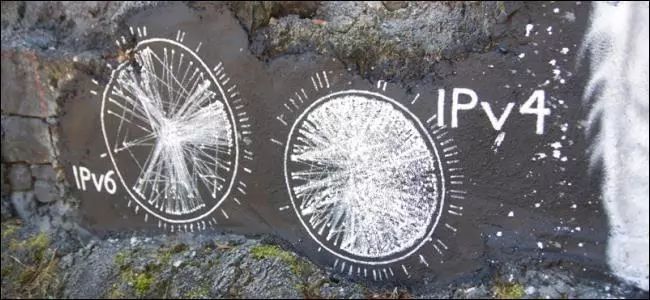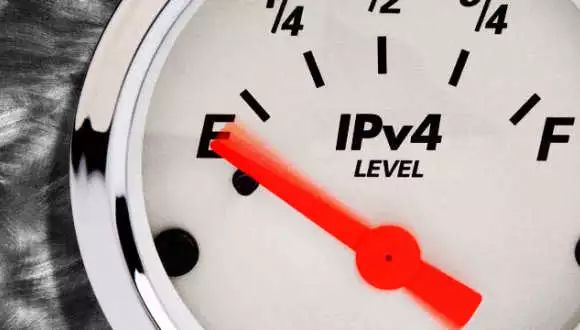
Image source: Internet
In the vast world, humans convey information and communicate with each other through language and actions. Just as communication occurs between people, the interconnection of computers also requires adherence to certain rules, known as network protocols. The protocol family currently adopted by the global Internet is the TCP/IP protocol family. IP is the protocol at the network layer of the TCP/IP protocol family and is the core protocol of TCP/IP.
IPv4 is the fourth version of the Internet Protocol (IP) and the first widely used protocol that forms the cornerstone of today’s Internet technology, having been in use for over 30 years. IPv4 specifies an IP address length of 32 bits (according to the TCP/IP reference model), allowing for 2^32-1 addresses. Currently, due to the rapid development of the Internet, the demand for IPv4 addresses is increasing, leading to stricter issuance of IPv4 addresses. Data shows that all global IPv4 addresses have been exhausted.

IPv6 is the sixth version of the Internet Protocol and can be considered the next generation of Internet protocol. Its introduction was primarily due to the rapid development of the Internet, which rendered the limited address space defined by IPv4 insufficient, hindering further development of the Internet. To expand the address space, IPv6 redefines the address space. IPv6 uses a 128-bit address length, allowing for an almost limitless provision of addresses. Based on conservative estimates, IPv6 can still allocate over 1000 addresses per square meter of the entire Earth.

In addition to the difference in the number of IP addresses, what are the main differences between IPv6 and IPv4?
1. Routing and Addressing Capability
The encoding of IPv6 addresses uses a hierarchical structure similar to CIDR (Classless Inter-Domain Routing), akin to telephone numbers. This simplifies routing and speeds up routing processes. A “scope” field has been added to multicast addresses, allowing multicast to span different subnets and local area networks.

2. Header Format
In the IPv4 header format, some redundant fields have either been removed or designated as extension headers, reducing the overhead of packet processing and header bandwidth. Although the IPv6 address is four times larger than the IPv4 address, the header is only twice as large.
3. Support for Options
IPv6 options are not placed in the header but rather in separate extension headers. If not specified, routers will not process the extension headers. This significantly changes routing performance. IPv6 relaxes the strict requirements on the length of options (whereas IPv4 options can be a maximum of 40 bytes) and allows for the introduction of new options as needed. Many of the new features of IPv6 are provided by options, such as support for IP layer security (IPSec), support for jumbo frames, and support for IP layer mobility (Mobile-IP).
4. QoS Functionality
The Internet can provide various information and shorten distances between people. Online entertainment is also possible. Online VOD (Video On Demand) is currently being heavily marketed, but most implementations are only at a quasi-VOD level and can only be realized on local area networks. VOD on the Internet is still not ideal. The issue is that while the IPv4 header has a service type field, this field is often ignored in current router implementations. In the IPv6 header, there are two corresponding priority and flow identification fields that allow data packets to be designated as part of a specific information flow, enabling traffic control for these packets. For real-time communication, maintaining a constant speed is crucial, even if all packets are lost, hence the highest priority. In contrast, a news packet can afford a few seconds of delay, so it is given a lower priority. IPv6 specifies that these two fields must be implemented by every IPv6 node.
5. Authentication and Confidentiality
IPv6 includes features related to authentication (VIeID), data integrity, and confidentiality, greatly enhancing network security.
6. Support for Mobile Devices
IPv6 was designed with support for mobile devices in mind, allowing mobile terminals to retain the same IP address when switching access points.
7. Address Configuration Process
IPv6 can complete address configuration without a DNS server, using routing broadcast address prefixes, where each host generates an aggregable global unicast address based on its MAC address and the received address prefix. This also facilitates the simultaneous change of IP address prefixes for hosts within a specific area.
If you want to learn more, click to read further for more detailed content.
(Editor-in-chief: Li Zhimin, Editor: Ma Jiang)
